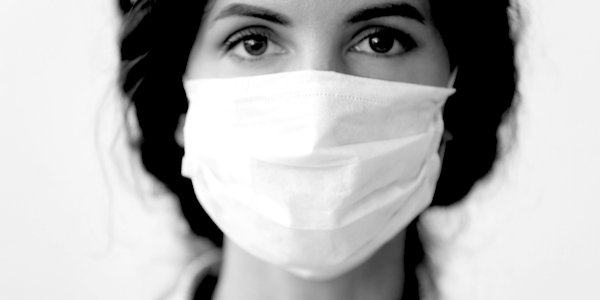IN December 2023 the World Health Organization, ever convinced that humanity is at imminent risk of being wiped out by a pandemic, issued a document entitled ‘Infection prevention and control in the context of COVID-19: a guideline’, all 209 pages of it. Everything is contained therein, from screening and masks to the disposal of bodies.
I was not inclined to read it or anything about it until I was alerted this week in Global Health Now, which contains the daily outpourings of the Bloomberg School of Public Health at Johns Hopkins University, to some criticism of the WHO guidelines. But it was not about how unnecessary or potentially draconian they are. Au contraire, they do not go far enough, according to ‘some experts’, who are reported in the CIDRAP (Center for Infectious Disease Research and Policy) newsletter from the University of Minnesota last week. According to these critics, the guidelines are a bit weak on the issue of wearing face masks.
Their criticism focuses on the mode of transmission of viruses, such as Covid-19, which the detractors claim is erroneously ascribed by the WHO to droplets as opposed to aerosols. The critics are indeed correct about the mode of spread of viruses, as explained by Dr Clare Craig in her book Expired. However, as is also pointed out by Dr Craig, because viruses are spread by aerosols there is virtually nothing we can do to prevent their transmission.
Dr Craig observes how viruses are found in the stratosphere and at the top of Himalayan mountains. If there is an infectious virus on the loose, it will have found you long before you will have prevented it from finding you. Therefore masks are a completely useless defence, especially if they have gaps such as the ridiculous strips of cloth we were forced to strap to our faces during the prime covid years. Yet the critics consider that downplaying the mode of spread will discourage mask wearing in the community, despite the absence of evidence to support their use.
Thus, while the critics of the WHO report are correct about the mode of spread, they are wrong about the mode of prevention. Interestingly, one of the critics is a consultant to CIDRAP which has been relentlessly ‘on message’ about Covid-19 from the start. Another critic is a biosecurity expert and the other is an epidemiologist: all have a vested interest in ramping up fear about pandemics.
These critics also say the report does not ‘fully recognise that N95 respirators offer better protection against the virus than medical or surgical masks’ and continue to say, ‘There’s so much laboratory and workplace research that shows how much better a respirator works than a mask.’
Clearly they have not read Jefferson and colleagues’ recent Cochrane Review, considered the gold standard among reviews, showing that ‘the pooled results of RCTs [randomised controlled trials] did not show a clear reduction in respiratory viral infection with the use of medical/surgical masks’. And, more importantly, ‘there were no clear differences between the use of medical/surgical masks compared with N95/P2 respirators in healthcare workers when used in routine care to reduce respiratory viral infection.’
In further support of using face masks, the critics erroneously claim: ‘We know a substantial proportion of transmission is asymptomatic, which is a major rationale for universal masking in high-transmission settings.’ In fact, as shown by a paper in Lancet Microbe, while asymptomatic transmission appears to take place, it accounted for a very small proportion of the spread of covid.
The WHO continues to urge international vigilance when it comes to Covid-19 and its successors, and the mask maniacs continue to promote a measure which is demonstrably useless with demonstrable harms. One is loathe to give these people the oxygen of publicity, but readers of TCW will understand that we should be vigilant in the face of constant gaslighting and intimidation about mask wearing. No more masks!

